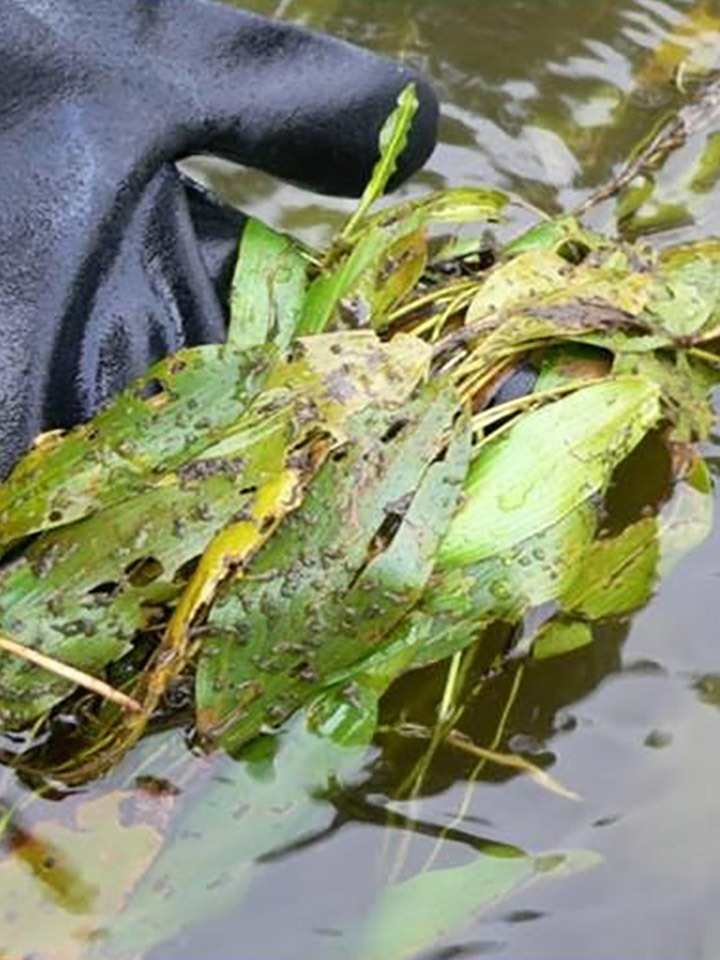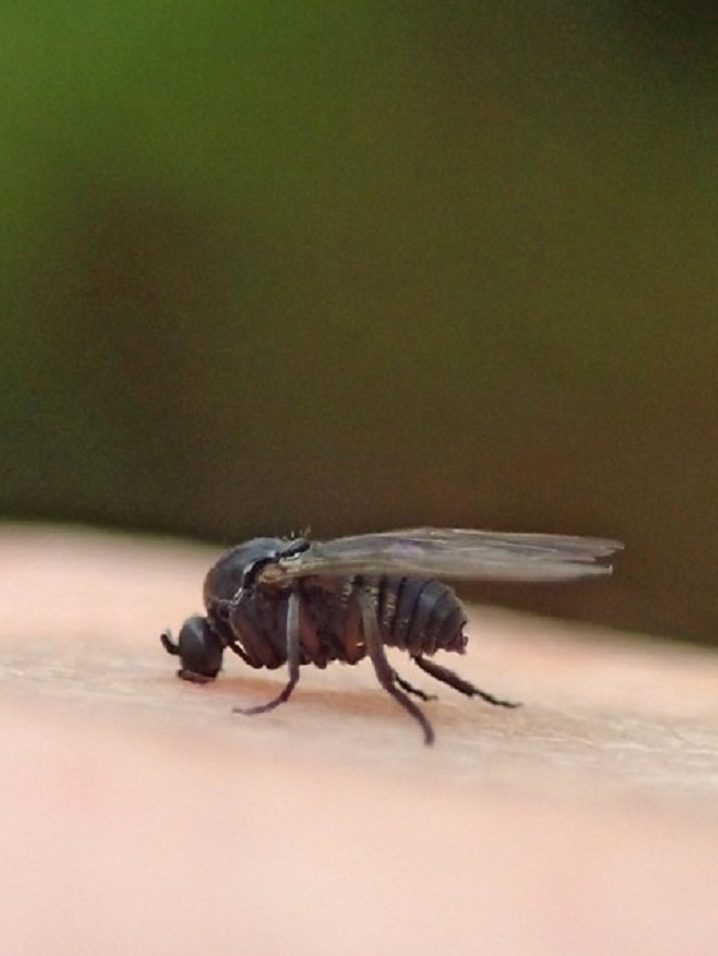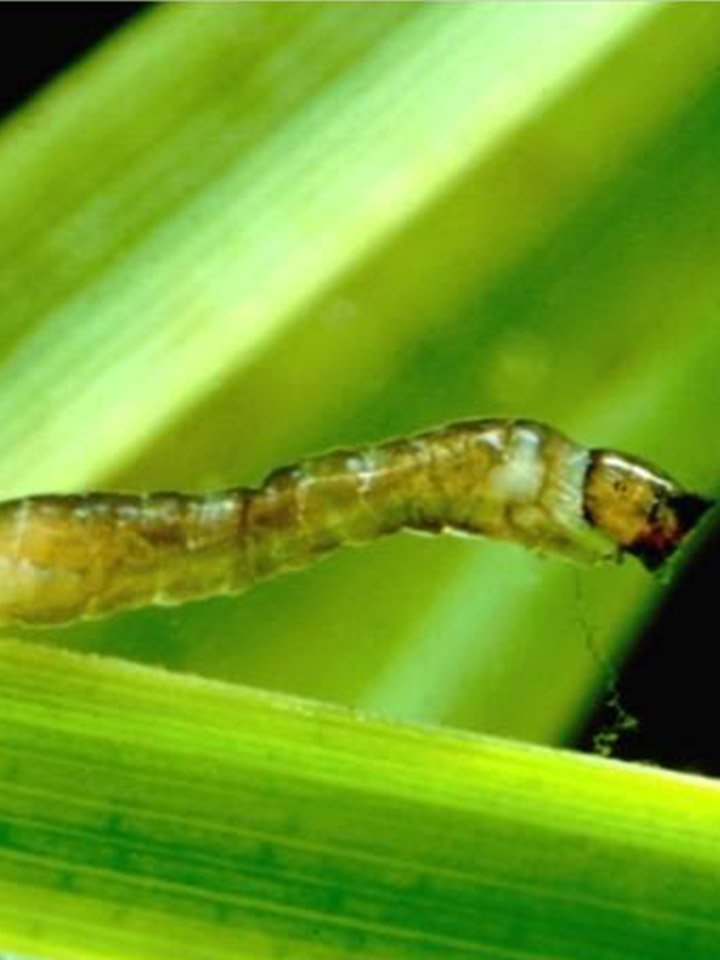Black Fly Program Overview
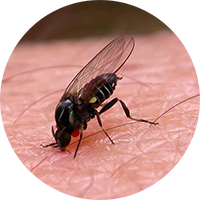
Black flies are commonly called biting gnats. They are closely related to mosquitoes. Female black flies suck blood in order to develop eggs. Males do not bite but feed on plant nectars. Female black flies range in size from an eighth to a quarter of an inch.
The Black Fly Bite
The painful, itchy bite of the black fly is characterized by a reddened weal with a wound in the center. The wound is created by the female when she cuts a hole in the skin to suck the blood that seeps into it. In the process she injects anticoagulants, a pain killer (to remain stealthy!), and some toxins. The pain and swelling of the bite are due to an allergic reaction to these foreign proteins and a response to the toxins. Black flies do not transmit any diseases to humans in Minnesota.
MMCD Control Technique
MMCD treats streams and rivers in the Twin Cities metropolitan area with a liquid formulation of Bti, a naturally occurring soil bacteria. This bacteria kills larval black flies while they are still in the water. MMCD operates under a special permit from the Minnesota Department of Natural Resources. Treatments begin after samples show high numbers of biting gnat larvae developing in rivers or streams. Rivers treated include the Mississippi, Minnesota, Rum, Crow and the South Fork Crow.
These small flies breed in rapidly flowing water, hence are very numerous in the northern part of our state where streams abound. The adult flies are well-known tormentors, and occur sometimes in such numbers as to prevent travel. Prospectors and surveyors, though usually thick-skinned by living constantly outdoors, have been repeatedly forced to leave a region thus infested… such tormentors are exceedingly annoying in the northern part of Minnesota, and especially near Lake Superior.
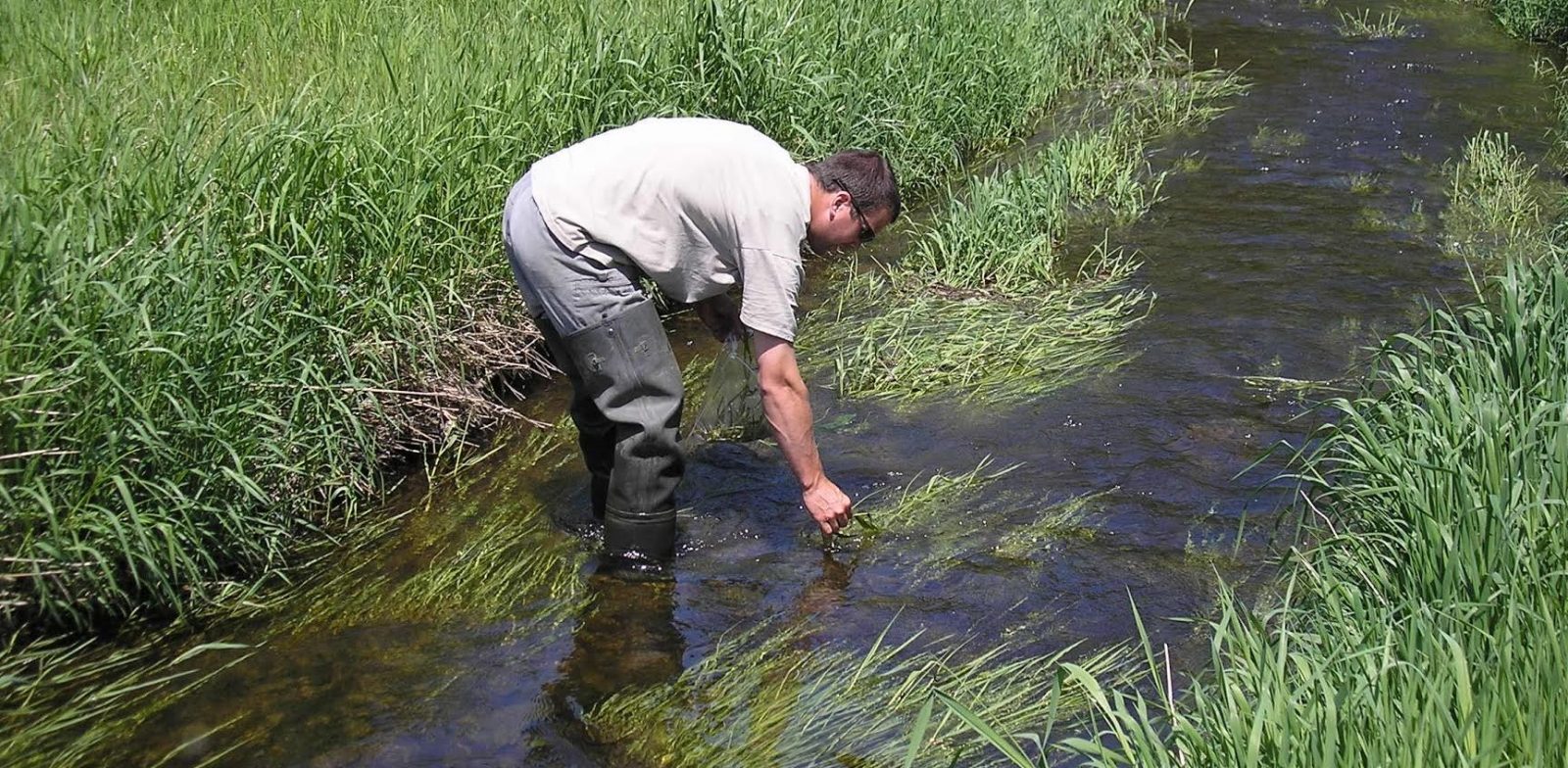
Larval Control
The goal of the black fly program is to reduce pest populations of adult black flies within the MMCD to tolerable levels. Black fly larval populations are monitored at about 170 small stream and 27 large river sites using standardized sampling techniques during the spring and summer. Liquid Bti is applied to sites when the target species reach our treatment threshold.
The small stream program began in 1984. The large river program began with experimental treatments and non-target impact studies in 1987. A full-scale large river treatment program did not go into effect until 1996.
Non-Target Monitoring
The MMCD conducts biennial monitoring of the non-target invertebrate population in the Mississippi River as a requirement of its permit from the Minnesota Department of Natural Resources. The study was designed to provide a long-term assessment of the invertebrate community in Bti-treated reaches of the Mississippi River. The results from the monitoring work conducted in 1995, 1997, 1999, 2001, 2003, 2005, 2007, 2009, 2011, 2013, 2015, and 2017 do not indicate that any large-scale changes have occurred within the invertebrate community in the Bti treated reaches of the Mississippi River - as collected on Hester-Dendy multiplates.
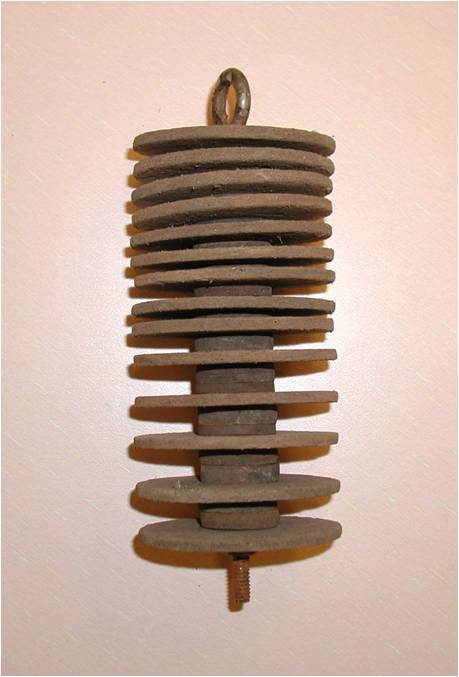
The samplers consist of 14 plates and spacers cut from brown Masonite. The plates are 7.62 cm in diameter and the spacers are 2.54 cm in diameter. The multiplates are held together with an eye-bolt inserted through the center of the plates. The multiplates are attached to anchor rope with a plastic clip that is connected to the eye bolt. The multiplates are attached near the bottom third of the rope in order to keep them suspended in the river current in close proximity to the river bottom.
Black Fly Adult Monitoring

In order to determine the effectiveness of the larval control program, adult black fly populations are monitored at standard locations throughout the MMCD using over-head net sweeps and carbon dioxide-baited traps.
The bar chart demonstrates the annual mean number of black fly adults captured in over-head net sweeps in weekly samples taken at standard locations throughout the MMCD May – September. The first operational treatments of the Mississippi River began in 1990 at the Coon Rapids Dam. 1988 was a severe drought year and limited black fly production occurred.
Reduce Your Risk of Black Fly Bites
When black fly activity is high, there are several steps you can take to help prevent bites:
- wear light colored clothing; black flies are attracted to dark colors.
- wear long sleeves, pants and hat, covering as much exposed skin as possible; black flies don’t bite through clothing.
- avoid peak biting times; unlike mosquitoes, black flies are daytime feeders.
- use repellents, such as DEET, picaridin, or oil of lemon eucalyptus (OLE).
- black flies tend to swarm the face; an insect head net can be worn for protection in areas of high black fly populations.

